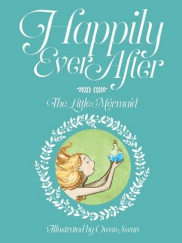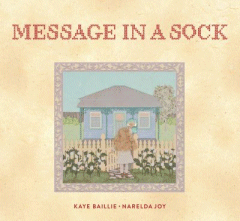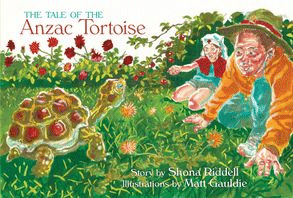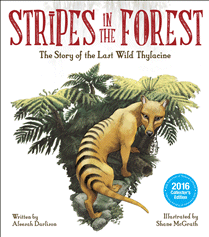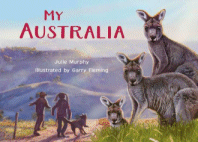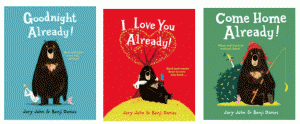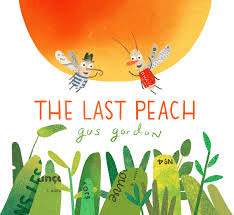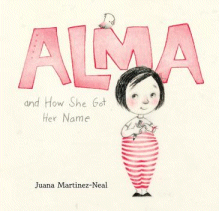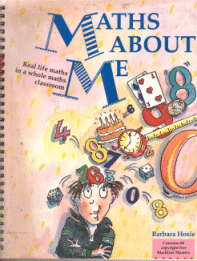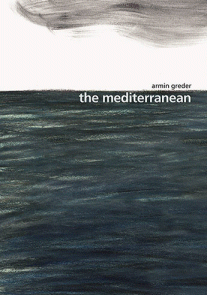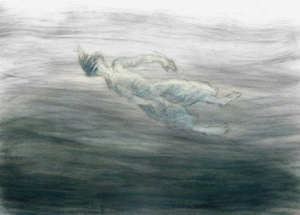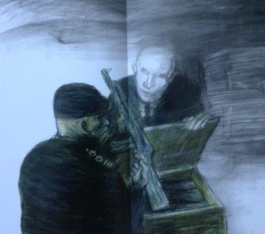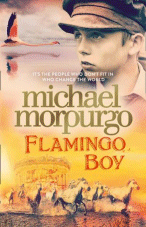
Flamingo Boy
Flamingo Boy
Michael Morpurgo
HarperCollins, 2018
288pp., hbk., RRP $A29.99
9780008134631
Time and circumstance have led Vincent to the Camargue in south-western France, the vast delta of the Rhone River, cut off from the sea by sandbars with over a third of it shallow lakes or swampy marshland, a haven for birdlife particularly the flamingo. Drawn there by a van Gogh painting that has hung in his bedroom since he was a child and an old story about following the bend in the road, Vincent succumbs to a mystery illness and finds himself in the care of Kezia, a middle-aged gypsy woman and the autistic Lorenzo who has significant intellectual challenges but who has a remarkable affinity with the wildlife, particularly the flamingos, his beloved “flam, flam”.
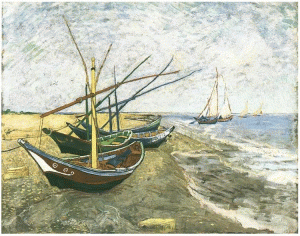
Seascape at Saintes-Maries
At first, Vincent assumes that they are husband and wife but as he slowly recovers, Kezia gradually tells him the story of how they became best forever friends and how when the Germans came and occupied their town, another unlikely friendship with a German soldier enabled ‘Renzo to cope and survive with the unexpected and unwanted changes that were inevitable under Occupation where those, including children, who were different were always under threat.
“Lorenzo loved everything to be the same, even goodbyes. Goodbyes, hellos, sausages and songs, he loved what he knew, never wanted anything to be different. The trouble is that things do change, whether we like it or not. And for Lorenzo any change was always difficult. It still is sometimes.”
Morpurgo has a gift for telling unique, utterly engaging stories that appeal to all ages, and this one is no different. Inspired by his autistic grandson, Sir Michael Morpurgo describes it as “a story of love and friendship, of how people from different cultures and backgrounds can come together, especially when they are under threat.”
The narrative style of being a story within a story has drawn criticism from some reviewers – all adults; and Morpurgo himself says that his knowledge of autism is “too shallow” but for the younger audience it is intended for, it is gentle and compelling. If the reader takes nothing away from this book beyond Morpurgo’s description of Lorenzo …“He was like no one I had ever encountered before. He joined our world – the real world as we like to think of it – and left it as and when he felt like it. Everything he did was both spontaneous and meant. His words and his ways were his own” which so superbly sums up the autistic child, then it is worth the time taken to absorb yourself in it.
